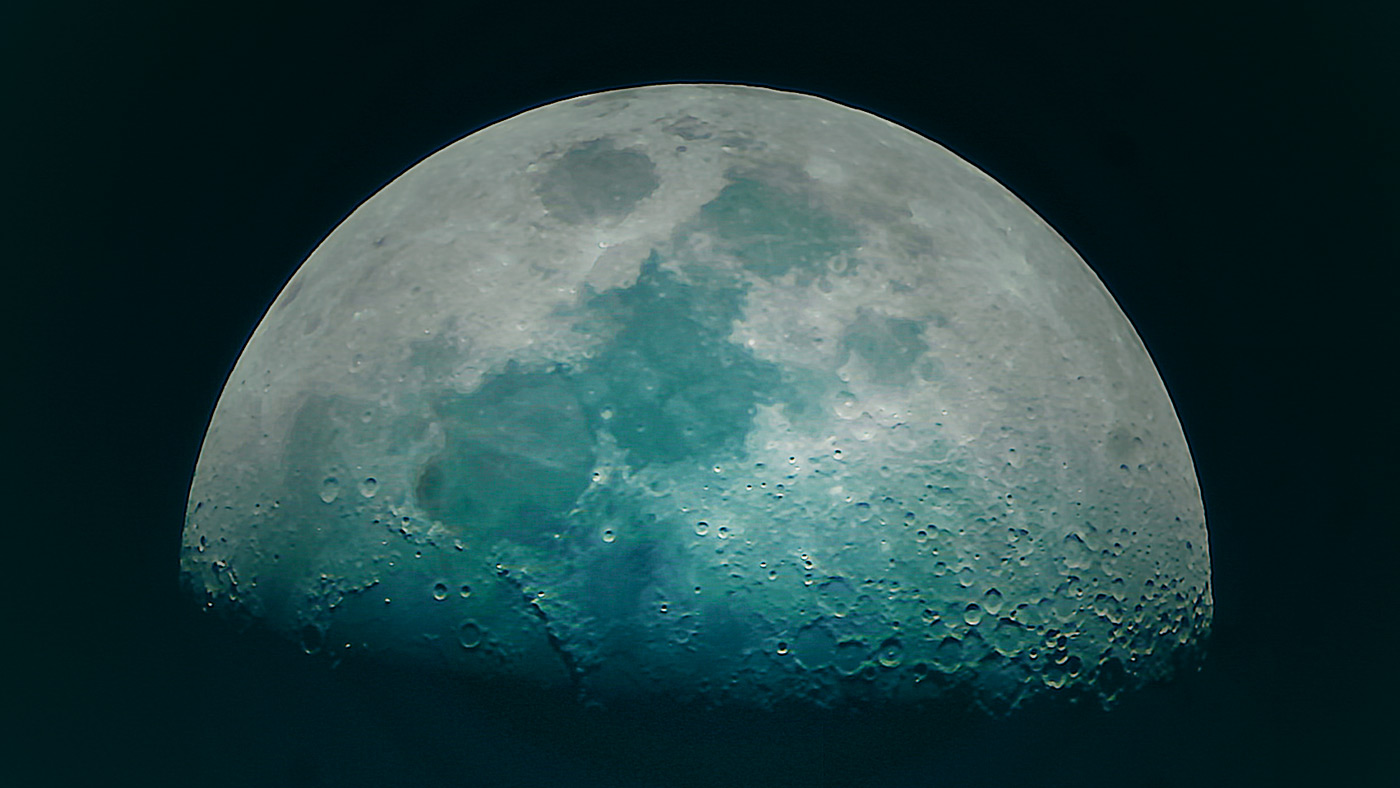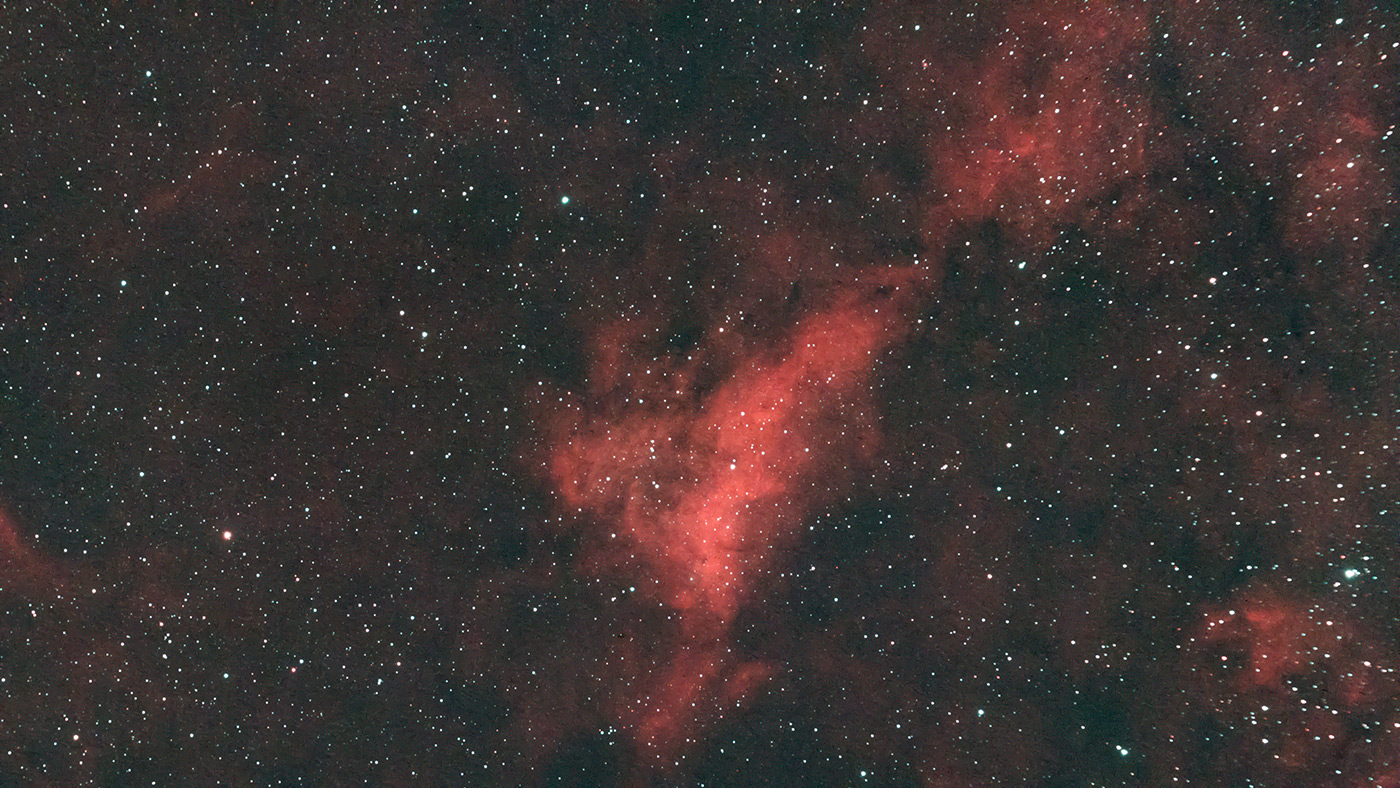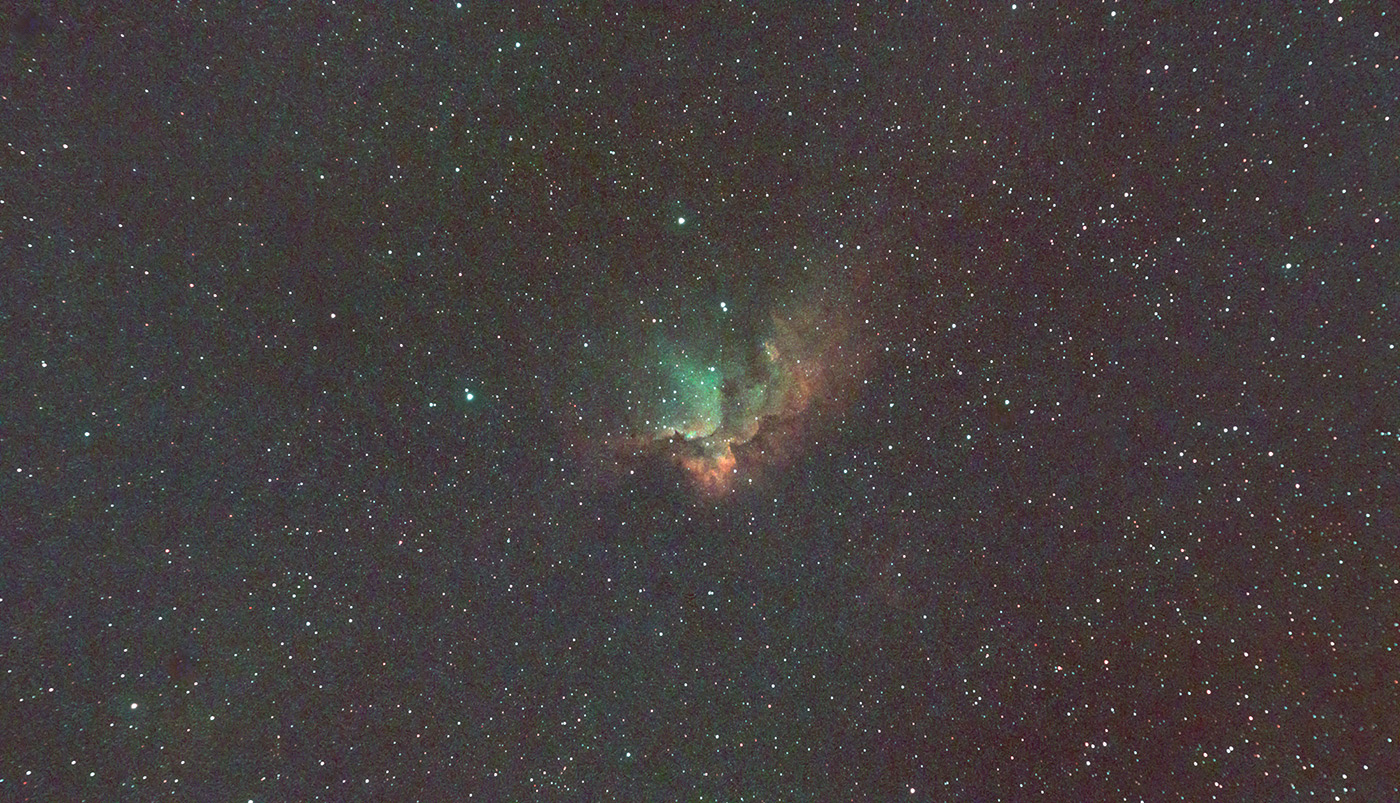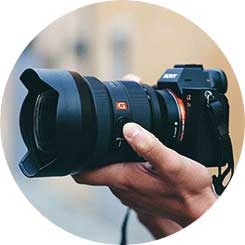- Call us: 01444 237070
- Contact Us
- Stores
- Sign In / Register
-
- Back
- Used Cameras
- Used Accessories
- Used Lenses
- Used Video
- Used Film Equipment
- Used Stock Alert
- Used Blank Test
- Sell or Part Exchange
- Used Clearance
- Recently Added Used Equipment
- Park Picks
- All Used Black Friday Deals
- Faulty
- Trade-In
- Blog
- New in
- Call us
- Contact us
- Stores
- Sign in
- Categories
- Tips & Inspiration
- Reviews
- News
- Events
- Features
- Buying Guides
- Competitions
August Astrophotography Highlights UK and NI
This past month has been filled with the hope of clear skies, but sadly we have only had 2.5, and so the opportunity to get out imaging has been limited, and those apart from one have been plagued with moonlight.
This is frustrating because there are some great targets to be had, which now are slipping below the horizon early evening, and so the chance to image these from the UK, for this year at least, has gone.
But the good news is that on 21st July we saw the return of astro dark. We are also able to start imaging earlier, I did at 22:30 on 2nd August much kinder than nearly midnight that we saw in late June.
August has some exciting opportunities for imaging. Targets like the Elephant’s Trunk Nebula, the whole Cygnus constellation and its many wonders are directly overhead for much of the night, which means less atmosphere to image through!
We also start to see Andromeda Galaxy, Pleiades, Taurus, and very late on this month Orion start to rise in the East.
So, provided the cloud stays away, we should be in for some great sessions!
In order to maximise this opportunity I have planned a camping trip to a dark skies site (Bortle Class 2), and shall let you know all about it in the September edition of this blog!
Lunar

Camera: SVBony 105C
Telescope: Altair Astro 70ED Telescope (420mm).
Mount: Sky-Watcher EQ5 Pro
Computer: Windows Laptop
Method:
Lights: 2 min video (1400 frames).
Processed in Pipp and AutoStakkert, edited in PhotoShop.
Deep Sky Objects
Butterfly Nebula
I had heard some chatter about this target whilst wondering what to point my telescope at one night. My fellow stargazers said that it is a lovely target and that I should try it. So, using my tablet and the ASI Air, I directed my telescope to the target. I started imaging using the Live View mode, and sat back and talked the night away with the other enthusiasts. After an hour I glanced at the tablet and said, “This doesn’t look very impressive!”… The reassuring reply came back, “Don’t worry, when you process it the detail will come out.” So I continued for another hour. Then the cloud came in and we all went home.
I processed the image, and still couldn’t see what all the fuss was about, but posted it on our club’s Facebook page. One very kind member (Rebecca Kent) kindly pointed out that this was not the Butterfly Nebula at all, but something else! Using a great website that can tell you where you are looking from an image (plate solving) https://nova.astrometry.net/, I realised I had missed the target a little. I must have accidentally moved the view in the star atlas on the ASI Air, and then, not realising my mistake, told it to centre on the target.
So in short, I sat in a dark field and imaged for 2 hours some random bit of sky! There is some nebulosity in it, and it is not far from the target I was aiming for. Here is ‘Not the Butterfly Nebula’.

Of course, the very next time it was clear I was out imaging again, and this time I made sure I was pointing in the right direction!
As you can see it is quite a marvel, with the bright star Sadr illuminating this stellar nursery, right in the heart of Cygnus.

I guess this is how discoveries are made, in my case, nothing. But there presents an opportunity to image a patch of sky that others haven’t. Did I take this opportunity… well, you will have to wait till next month to find out!
Exif:
Camera: Canon 500D - astro moded.
Telescope: Altair Astro 70ED Telescope (420mm) + 0.8 reducer.
Mount: Sky-Watcher EQ5 Pro
Filter: Optolong L eNHance
Guide Camera: ZWO ASI120mm-s
Guide Scope: SVBony 30mm (f4)
Computer: ZWO ASIAIR pro
Method:
Lights: 57 x 120s ISO 1600.
Darks: 10 x 300s.
Flats: 10
Stacked in Deep Sky Stacker, Siril for Photometric Colour Calibration and StarNet++ for star removal. Stretched, recompiled and edited in PhotoShop.
Eastern Veil
The Eastern Veil Nebula is a luminous arc of glowing substance, forming part of the vast Veil Nebula complex (of which I imaged the western half last month).
It is the remnant of a star that exploded in a supernova around 8,000 years ago. When this happened, it would have been visible from Earth during the day!
Located on one of the wings of Cygnus the Swan, this structure is catalogued as NGC 6992 and NGC 6995, and is often referred to as Caldwell 33.
These glowing strands are shock waves from the explosion, still ploughing through the universe. The whole Veil Nebula is around six full moons across as we see it from Earth! Just imagine how big it would be if we could still see it with the naked eye!

EXIF
Camera: Canon 500D - astro moded.
Telescope: Altair Astro 70ED Telescope (420mm) + 0.8 reducer.
Mount: Sky-Watcher EQ5 Pro
Filter: Optolong L eNHance
Guide Camera: ZWO ASI120mm-s
Guide Scope: SVBony 30mm (f4)
Computer: ZWO ASIAIR pro
Method:
Lights: 57 x 120s ISO 1600.
Darks: 10 x 300s.
Flats: 10
Stacked in Deep Sky Stacker, Siril for Photometric Colour Calibration and StarNet++ for star removal. Stretched, recompiled and edited in PhotoShop.
The Wizard Nebula
The Wizard Nebula is a beautiful cloud of glowing gas and young stars tucked away in the constellation Cepheus, about 7,000 light-years from Earth. It’s named for its shape, which in deep space images looks a bit like a cloaked figure, almost like a wizard casting spells in the cosmos. I shall let you be the judge of that!
At the heart of the nebula is a cluster of newborn stars, whose intense radiation lights up the surrounding gas and dust. These stars are still shaping the nebula, pushing and sculpting the material around them as they grow. The result is a dynamic, ever-changing region where new stars continue to form.

Camera: Canon 500D - astro moded.
Telescope: Altair Astro 70ED Telescope (420mm) + 0.8 reducer.
Mount: Sky-Watcher EQ5 Pro
Filter: Optolong L eNHance
Guide Camera: ZWO ASI120mm-s
Guide Scope: SVBony 30mm (f4)
Computer: ZWO ASIAIR pro
Method:
Lights: 57 x 120s ISO 1600.
Darks: 10 x 300s.
Flats: 10
Stacked in Deep Sky Stacker, Siril for Photometric Colour Calibration and StarNet++ for star removal. Stretched, recompiled and edited in PhotoShop.
Share this post:
By Jonathan Penberthy on 04/08/2025
Jonathan Penberthy
Cosmic Shutter Seeker and Star Programmer
Jonathan Penberthy is the Cosmic Shutter Seeker and Star Programmer at Park Cameras, with over 20 years of experience as a software engineer. His career journey has spanned industries, but a move to Park Cameras sparked a passion for astrophotography. Jonathan’s interest began while working on a lens selection app, leading him to explore the night sky with a Canon 7D. When he’s not programming or photographing the stars, he enjoys sailing and navigating by the cosmos. Learn more on his profile page.

Trade in your old equipment
Fast and easy trade in service ensures your old gear is collected efficiently and you are paid quickly! It's very simple to trade in your unwanted photography gear. Just head over to our dedicated Sell or Part Exchange page, fill out the details, and we'll get back to you with an offer for your old gear. Take the cash, or put it towards the cost of your new gear. It's up to you! Find out more
sign up to the newsletter
Keep up to date on the latest photography news, events and offers. Sign up now